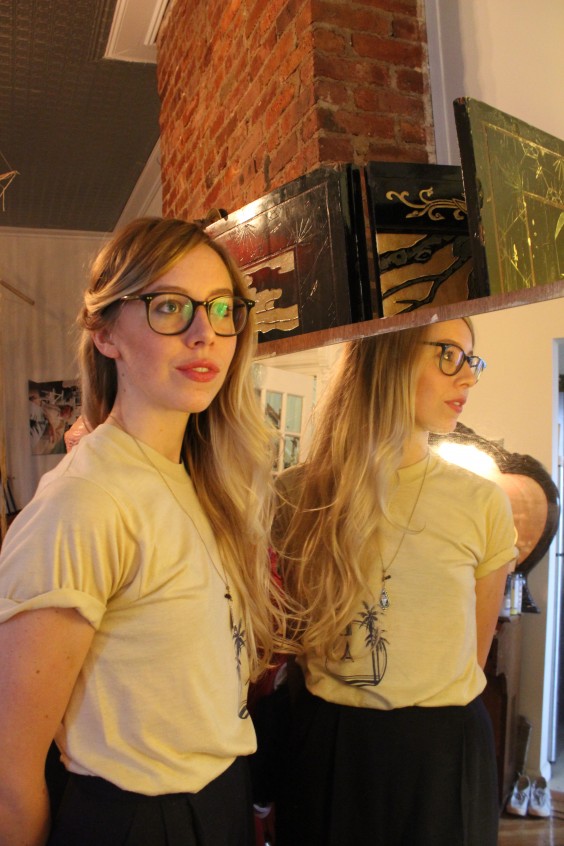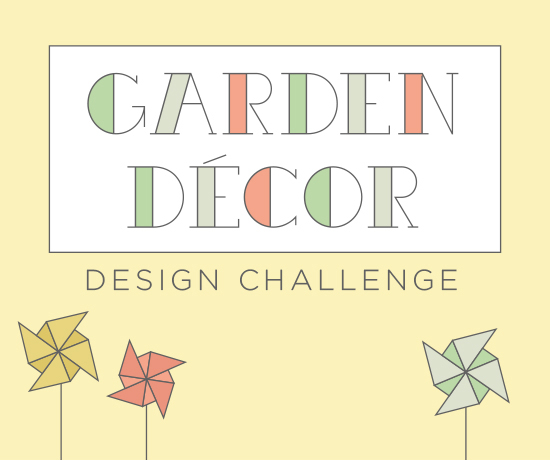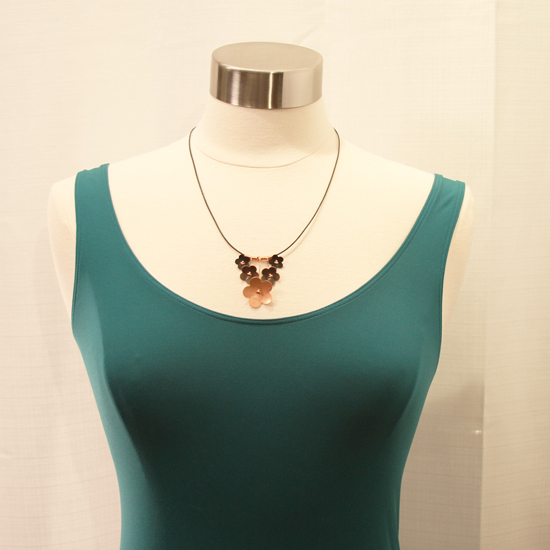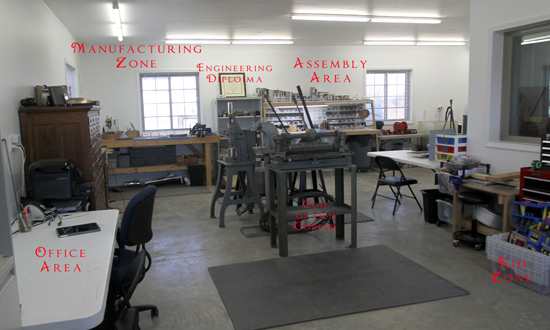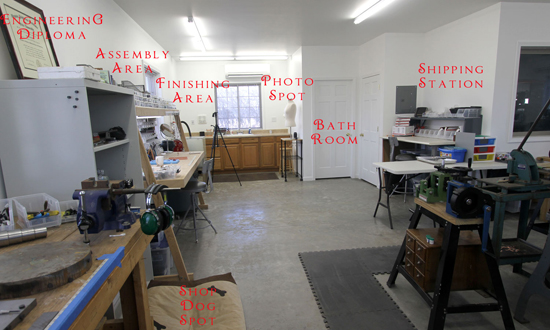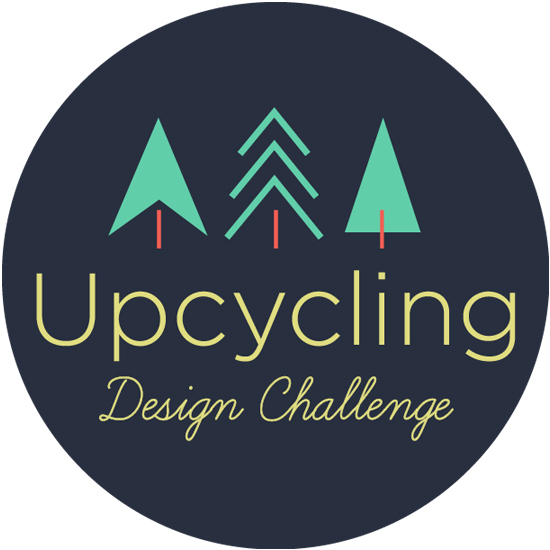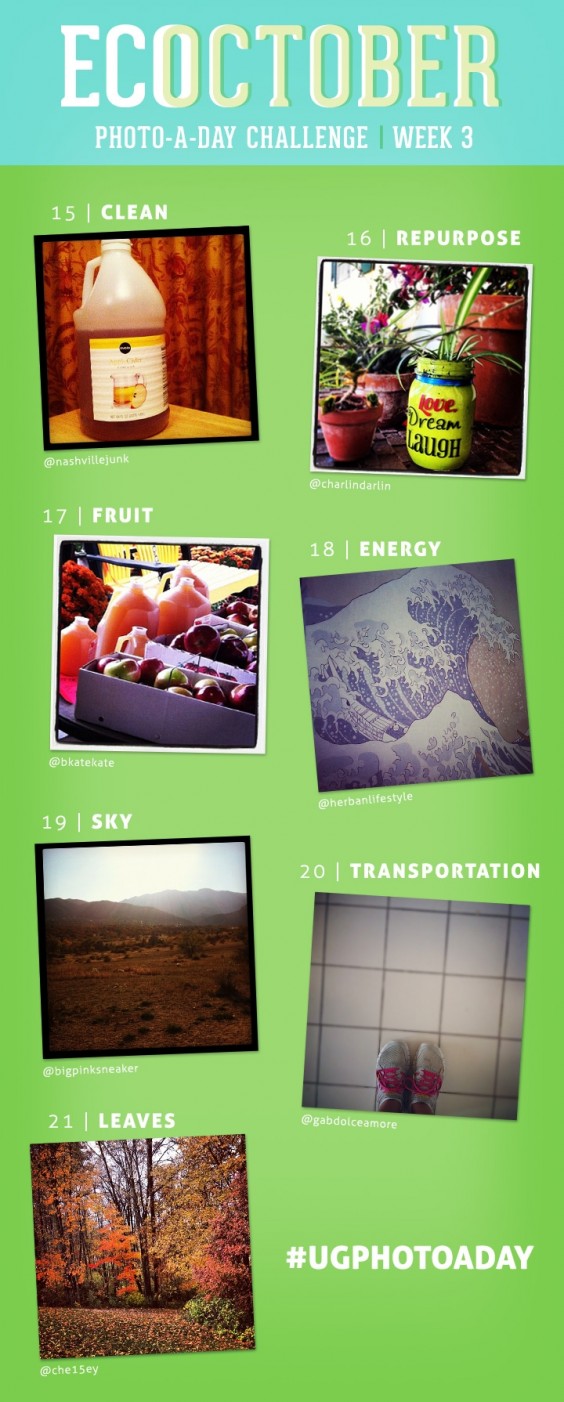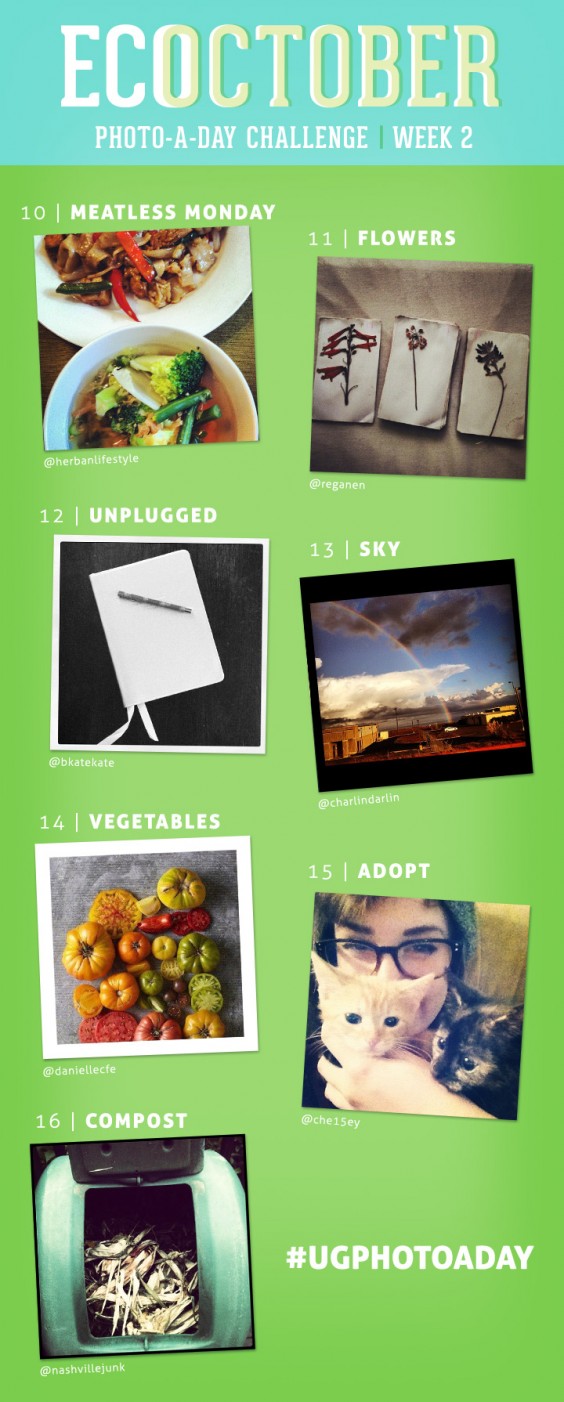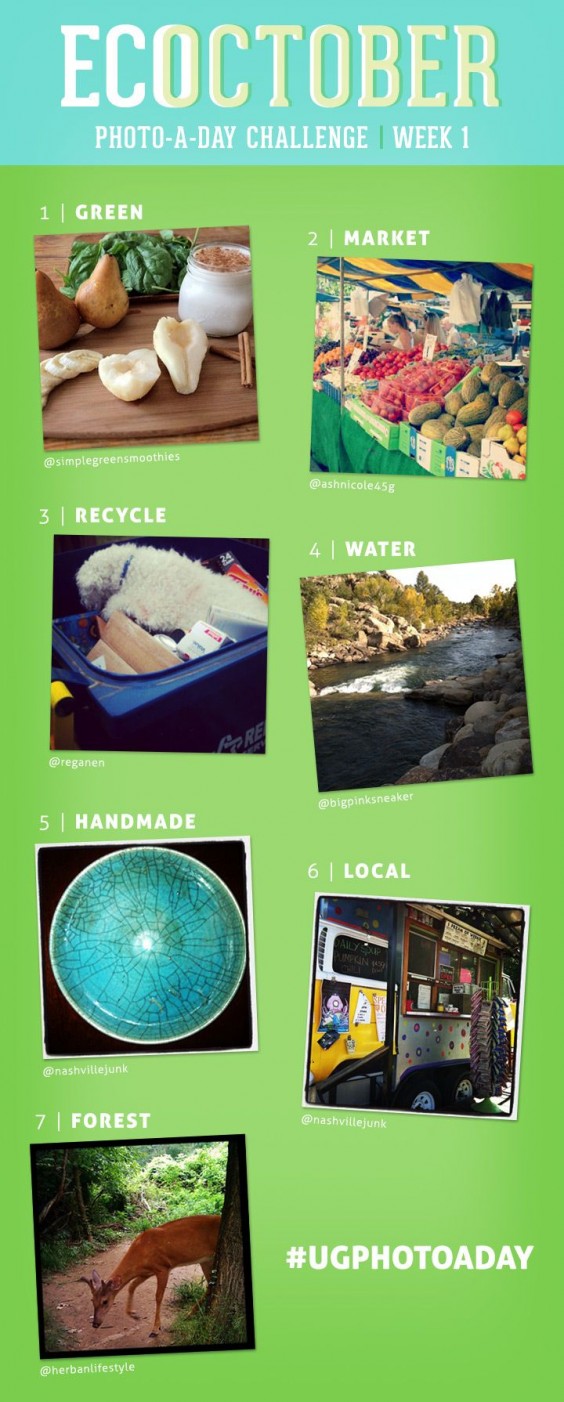 When I tell people I’m a copywriter, their first question is whether I’m anything like Peggy Olson and if the world of Mad Men is alive and well. I tell them that while I do love a well-made Manhattan and I can see the Chrysler Building from my desk at night, my duties are much more akin to Elaine’s in Seinfeld. I’m given unusual, intriguing products and I describe them.
When I tell people I’m a copywriter, their first question is whether I’m anything like Peggy Olson and if the world of Mad Men is alive and well. I tell them that while I do love a well-made Manhattan and I can see the Chrysler Building from my desk at night, my duties are much more akin to Elaine’s in Seinfeld. I’m given unusual, intriguing products and I describe them.
They usually follow this by pointing to a glass on the table or a decorative vase and saying: describe that! It’s become a very useful party trick. My most unusual on-the-fly copy was a salvage sale typewriter that had been refashioned to sport a doofy monster face in place of his keys. They thought they’d stumped me but I fired back with some metaphor about industrial intrigue and the bygone days of print.
Writing about products, especially products with a story can be challenging. You need to show what sets it apart from other pieces like it, how it will improve the buyer’s wardrobe/décor/daily routine, and sprinkle it with just enough alliteration and pithy dialogue that the reader doesn’t abandon you halfway through.
Whether you’re trying to write about your products for your website or potential vendors, selling the piece without sounding like you’re selling it can be the biggest challenge. Every writer has their process and through many years of trial, error, and woeful puns, I’ve come up with these rules of thumb to create a focused piece of copy that sells your story:
1. Decide who you’re selling it to. You wouldn’t speak to a new parent looking for a pair of baby booties the way you would a person looking for a necklace to give their best friend or a novice cook who needs a new set of chef’s knives before their big anniversary dinner. Once you’ve decided that, you can adjust your tone—be it funny, earnest, or inspirational.
2. Figure out your lead-in. What’s going to capture the attention of your reader? Remind a new parent of the memories their child will make taking their first steps in these handmade booties, highlight the expert hand craftsmanship of the jewelry, and list off some dishes the culinary hopeful will make one day—my go-to dish is always a spicy fra diavolo, only because it’s my favorite thing ever and just referencing it brings me joy.
3. Now that you have their attention, sell it. Just stay away from any infomercial talk. This means blanket promises (“this chef’s knife set will make cooking a breeze!” or “These comfy baby booties will have your little one running to the Olympics in no time!”), and wild comparisons (“this necklace shines the like sun, if the sun were brighter and more beautiful than the Mona Lisa!”)
4. Let the product speak for itself. People love handmade products so tell its story. Describe the materials used, the process, any inspiration that moved you to create this piece. When people buy a handmade gift, it’s because they want something different and out of the ordinary. That way when they’re giving it to a loved one, they can add, “and it was handmade from recycled materials in Nevada!” or “the artist was inspired by a meteor shower!” Give them a sneak peak into your studio or artistic process—it’ll feel like they’re right there at the craft fair or artist showcase, able to touch your product and find its interesting nuances that make it special.
5. Now focus on the reader. How can they incorporate this into their lives? Will it add a fresh pop of color to their living room? Shimmer to their ensemble? Sell the benefit and then get out of there before you make a pun about how that owl statue really gives a hoot about your décor.
So there you have it. It’s not scientific but I went to writing school specifically to avoid science and math. Mission accomplished. Happy writing.

